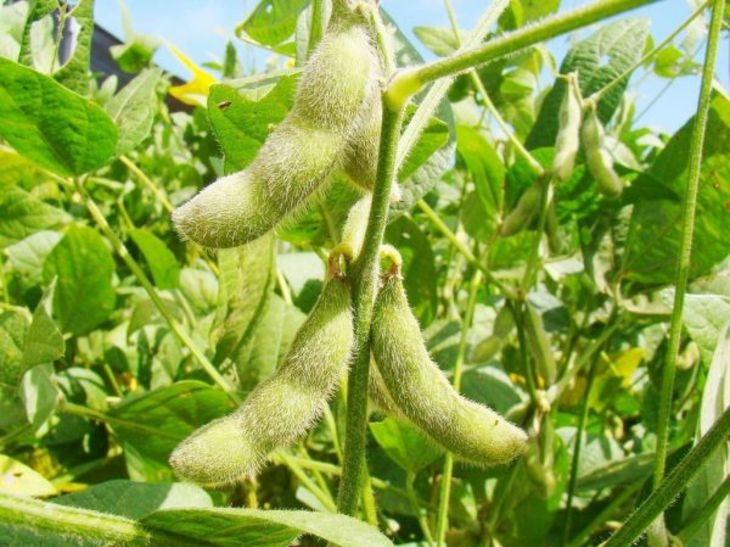Analysts again lowered their forecasts for the soybean harvest in Argentina and Brazil due to unfavorable weather

Weather conditions in South America in February remain unfavorable for crop development, reducing crop potential. Precipitation is distributed very unevenly, and if in the south crops suffer from drought, then in the north and in the center of the continent they suffer from an excess of moisture.
A front from Brazil brought rain and cooler temperatures to northern Argentina last week, but the main soybean-growing regions remained dry. The Rosario Grain Exchange cut its 2022/56 soybean harvest forecast in Argentina from 37 to 34.5 million tons, while the USDA estimates it at 41 million tons and the Buenos Aires exchange at 38 million tons. The country is expected to raise next week temperature, which against the background of uneven rainfall will continue to worsen the condition of soybean crops.
At the same time, in Brazil, in the main soybean growing areas, long rains are delaying harvesting, which may lead to the loss of part of the crop. According to the AgRural company, as of February 16, soybeans were harvested on 25% of the area (+8% for the week) compared to 33% last year. In view of the increase in the sowing area and rainfall forecasts, the company's experts lowered the soybean harvest forecast in 2022/23 MR by 2 million tons to 150.9 million tons, although it was initially estimated at 153-155 million tons. But the harvest will still significantly exceed 125, 5 million tons collected in 2021/22 MR.
For the state of Rio Grande do Sul, due to severe drought, the harvest forecast was reduced by 4.3 million tons to 16.1 million tons, which will exceed last year's 9.1 million tons.
The market had expected soybean prices to fall on the back of increased supply from Brazil, but a delay in harvesting saw farmers hold back sales. The build-up of warehouse stocks has led to a shortage of granaries, so the use of "silage bags", which are usually used for long-term storage of grain for 3-4 months, has increased.
But domestic buying prices are falling as traders have already purchased enough soybeans for April delivery and have cut back on purchases, hoping for lower global prices in the second quarter, when large shipments of Brazilian soybeans go to China and other buyers.
March soybean futures in Chicago for the month rose only 2.7% to $565/t and are 5.5% higher than last year's level, when Brazil harvested 125 million tons of soybeans.
If Argentina and Brazil harvest crops in line with current forecasts, second-quarter soybean prices are expected to fall by 5-10%, analysts estimate, due to reduced demand amid a global economic slowdown and falling pork prices.


